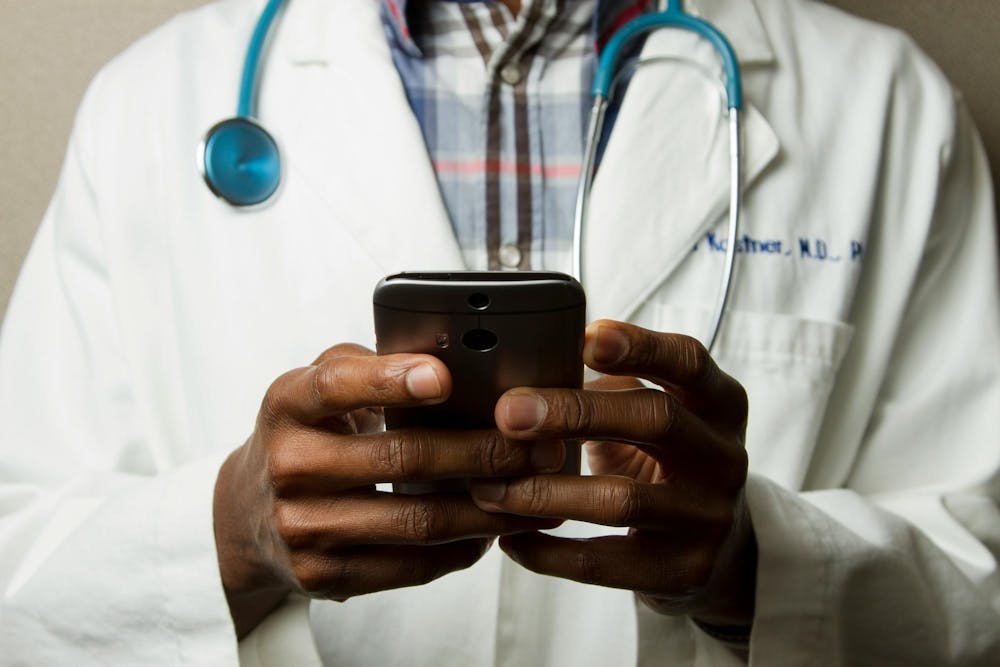Several years ago I was explaining to an African American patient the importance of adequate blood pressure control. I specified the greater prevalence of hypertension in the Black American population, as well as the increased rate of kidney failure in Black patients. Before I could begin to elucidate the why, he promptly opined an answer.
He said, “Doc, I'm not at all surprised. Do you know how hard it is to grow up, stay alive and live as a Black man? Do you? That’s got to affect your body in a lot of bad ways.”
I recall that moment vividly. In essence, he was politely telling me about the myriad unfair social practices he had to endure on a daily basis to ensure simple survival. That is something most of us take for granted.
Well, after catching my breath, I went on to explain that Black patients not only have a hypertension prevalence disparity, a blood pressure control disparity and finally, a disproportionate complication rate that leads to more end stage renal disease (dialysis) as well as strokes. The primary reasons that account for these facts are almost all socio-economic.
In fact, when referencing most disease states, the recognized differences in the “hard” outcomes of death and hospitalization relate not to disparate physiology between races, but rather to socio-economic conditions.
A glaring example is the rate of contracting COVID-19 and the subsequent higher death rates in Black people, neither of which are related to a genetic predisposition. Age and comorbidities remain the primary determinants of contracting this novel infectious disease and both persist in predicting a poorer outcome. But, comorbidities are significantly more prevalent in the Black community because of underlying social conditions leading to more diabetes (which also has no definite genetic transmission), hypertension, obesity and chronic kidney disease.
Inequitable economic factors lead to more commonly found segregated, crowded and polluted neighborhoods that lack adequate healthcare facilities and transportation. Food deserts, lack of insurance coverage in red states and poor eating habits, all map the route directing Black Americans toward more dismal health related outcomes.
Finally, a well documented phenomena in the Black community is vaccine hesitancy, which stems from deep-seated mistrust in the medical system. Thus, the precise group of patients at higher risk, and those most likely to benefit, did not receive the vaccine. Taken in total, the medical evidence strongly supports that this devastating pandemic adversely affected Blacks disproportionately, not because they were Black, but because of living conditions related to being a Black person in America today.
Is there implicit racial bias in how medical care is delivered?
I would like to be able to state that it does not exist, but it does, and I believe the bias is bidirectional. Some providers see their Black patients as poor and uneducated and therefore unable to fully comprehend their disease or its proper treatment. This may be inherent to some physicians given their particular cultural backgrounds, but in my experience, it is most often related to subliminal bias. The bias regrettably often points in the opposite direction too, and I believe the “why” is buried in decades of a well-deserved distrust. It is rooted in images of ancestors dying during the Middle Passage, vivid memories of grandparents suffering under the whip of dehumanizing slave labor and more recently, internet photographs chronicling murder by strangulation at the hands of those sworn to protect the innocent.
Am I then surprised when I am met with skepticism? I am not. Am I insulted when a person of color is suspicious of my intentions before I even enter the room? I am not. I am saddened. I am frustrated. And I am most angry at the history of racism that impedes my ability to connect with my patient.
The answer to the stalemate is readily obvious. A firm handshake, a reassuring touch on the shoulder, a warm smile, making direct visual contact, a funny story about family or sports are all effective measures that can break the ice. It means spending more time on a busy day with someone who has a deep-seated wound just as painful as any cutaneous laceration from physical trauma.
I have been extremely fortunate to benefit from mentorship during my medical fellowship years under a Black professor, and subsequently by practicing cardiology with two African American physicians who emigrated from Ghana. I learned and grew as a person and as a professional through my friendships with them, and I became a more seasoned and effective healthcare provider because of their collective examples. My patients, especially those classified as minorities, directly benefited by my relationship with these gentlemen. We need more of them.
As posited in ”The 1619 Project” by Linda Villarosa, “It’s never been race that predicts the disease and disability that disproportionately afflict Black Americans, but racism … that is how Black people get killed.” I agree, and until we face these inequalities head on, one patient at a time, one doctor at a time, we will never begin to heal a system suffused with an indolent disease we should all be eager to conquer and simultaneously be ashamed of.
James A. Longo, MD
ND ILI Cohort 5
Feb. 6










